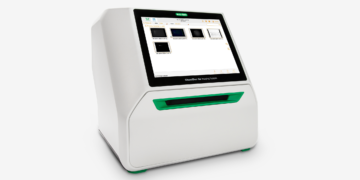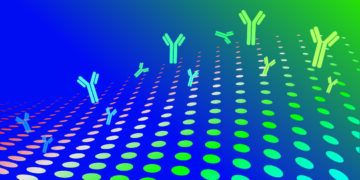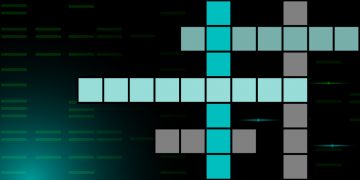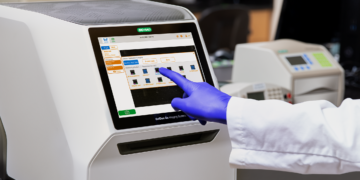
Stain-Free Technology: Get Better Data in Less Time
Western blotting is a cornerstone of protein analysis—but the traditional workflow is slow, labor-intensive, and error-prone, plus it requires staining steps to visualize proteins on a gel or blot. Stain-Free …

Advancements in CMOS Sensors for Scientific Imaging
For years, CCD sensors, known for their high-quality imaging capabilities, have been the gold standard in scientific instrumentation. However, recent advancements in CMOS sensors have positioned them as a cost-effective and competitive alternative that is quickly gaining traction in the field. In this article, we delve into the strengths and applications of CCD and CMOS sensors, exploring how this shift in technology is reshaping the digital imaging landscape.

Compliance at Your Fingertips: Using Image Lab Touch Software for Digital Imaging in Regulated Environments
Maintaining compliance while leveraging advanced digital imaging technologies can be a daunting task. Luckily, Bio-Rad Image Lab Touch Software takes this challenge head-on by offering a seamless solution for digital imaging. Learn how Image Lab Touch Software integrates with Bio-Rad imaging systems to support researchers in meeting stringent regulatory requirements, ensuring data integrity and security without compromising efficiency or ease of use.

Introducing the ChemiDoc Go Imaging System: Modern Gel and Western Blot Imaging
A groundbreaking addition to imaging technology has arrived — the ChemiDoc Go Imaging System. The ChemiDoc Go Imaging System is tailored for both gel and western blot imaging, including chemiluminescence and StarBright Blue fluorescent detection. Its compatibility with various trays and LED configurations ensures optimal performance across different experimental setups, including gel excision, nucleic acid staining, and protein detection.

In-Cell Western: A Versatile Tool for Quantitative Analysis of Protein Expression In-Situ
Protein expression analysis is essential in cell biology research, as it provides valuable insights into the molecular mechanisms that underlie cellular functions. Traditional methods for protein analysis, such as western blotting and ELISA, are useful for studying protein expression in cell lysates. However, these methods require labor-intensive sample preparation and do not provide information on the spatial distribution of proteins within intact cells. In-Cell Western is a powerful technique that enables quantitative and qualitative in situ protein expression analysis.

Quick Tips for Western Blotting
Learn how to improve your western blotting results with our Quick Tips video series. Watch these 1–2 minute videos see how to perfect each step of the western blotting process.

Across the Blot: A Western Blotting Crossword
Do you think you know western blotting? Test your knowledge with a crossword puzzle.

Choosing Validated Antibodies for Trustworthy Data
The lack of reproducibility in research has been a source of frustration for scientists. Learn why antibody validation is critical for ensuring specificity and what validation methods Bio-Rad is implementing. Our scientists validate the performance of antibodies through CRISPR-Cas9 gene editing by knockout (KO), siRNA knockdown (KD), and immunoprecipitation followed by mass spectrometry (IP-MS).

Resolved — Comic Series
Follow along as a new starry-eyed graduate student learns the ins and outs of life as a research scientist, gaining valuable western blotting tips and tricks. Along for the ride are a seasoned postdoctoral fellow and traditional principal investigator.

Introducing the GelDoc Go Imaging System
The next iteration of Bio-Rad Gel Documentation Systems has arrived. The GelDoc Go Imaging System gives you a benchtop imaging solution that enables gel documentation in three simple steps. Acquire high-resolution, publication-quality images of nucleic acid gels, protein gels, and colorimetric blots. Image up to four mini gels at once with the large imaging area, and easily set up and control the GelDoc Go Imaging System with Image Lab Touch Software. Read more about the compact, easy-to-use GelDoc Go System.
